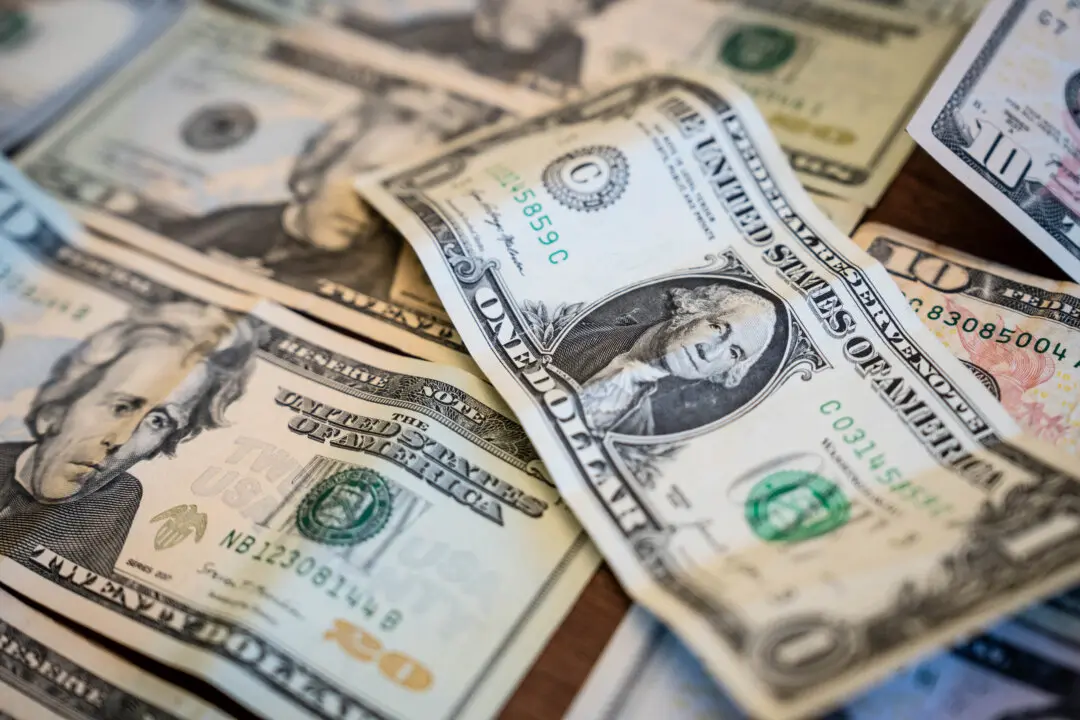As the fallout from the Silicon Valley Bank (SVB) crisis continues, many economists and market analysts are assessing the situation to determine the exact cause and what could happen in the coming months. With a potential contagion event in the broader banking sector, public policymakers and regulators are attempting to prevent a full-blown financial collapse that could mirror the Great Recession.
Deposit Risks
SVB’s collapse was driven by many factors, some of which could be found in other regional and national banks. For the Santa Clara, California-based financial institution, management attracted the heart of Silicon Valley—tech and venture capital firms and executives—by offering ultra-generous deposit rates that were much higher than larger competitors.The bank funded these exorbitant rates by purchasing long-term and high-yield bonds when it maintained a healthy balance sheet. However, once the Federal Reserve initiated its quantitative tightening campaign, resulting in a cratering tech sector, the value of these instruments plummeted at an alarming rate.





